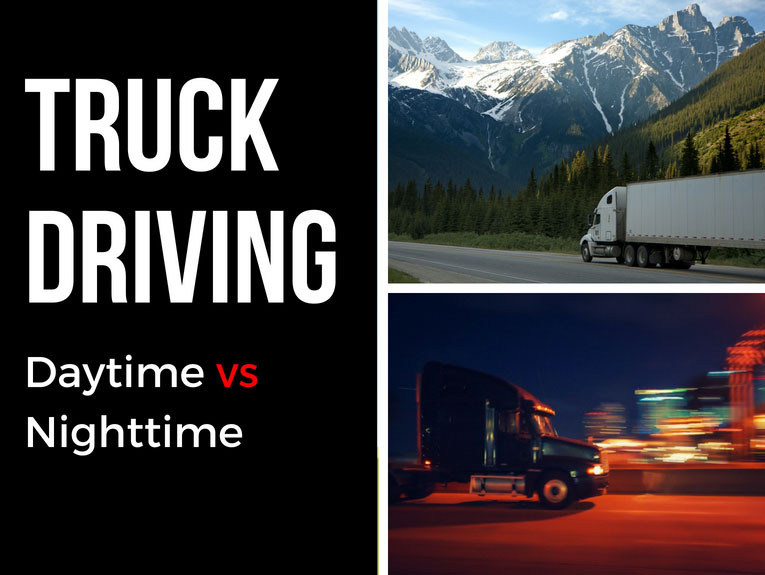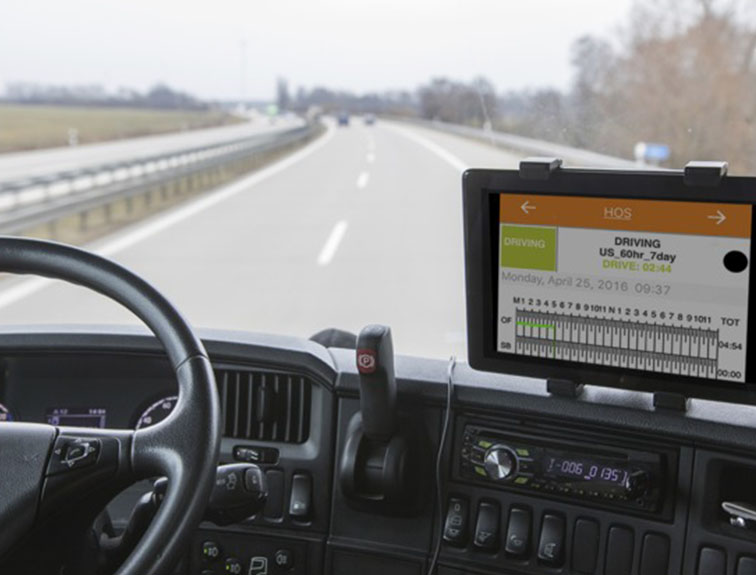The path to becoming a professional truck driver begins with choosing the best CDL school. The right school will provide the industry-recognized training and knowledge needed to pass the CDL exam and will propel your career in the desired direction. While the decision process is complicated, considering a few features of the school will simplify the process.
Flexible Schedule
A flexible class schedule provides advantages for many students who want to make a transition to the trucking industry. DriveCo CDL Learning Center offers students the choice of full-time training which lasts four weeks, or part-time classes that last ten weeks. With courses starting every two weeks and the availability of day, night, or weekend classes, students can earn their CDL while maintaining their other responsibilities.
Tuition Assistance
The cost of tuition is often a concern that many prospective students share. There are several Tuition Assistance programs available through federal, state, and local programs and many large trucking firms offer tuition reimbursement programs as well as Sponsorship Training, a program where select trucking companies pre-hire and pay tuition costs for qualifying students. DriveCo CDL Learning Center has the experienced counselors needed to navigate all tuition assistance options and ensure that your training is affordable and possible.
On-Site Driving
Learning the skills and knowledge necessary to earn a CDL and become a professional driver requires a blend of classroom and hands-on training. Choosing a school that has facilities that allow students to get behind the wheel on-site as well as on the road will increase confidence and ensure that students are prepared to enter the workforce. DriveCo’s driving yard is on site and allows students to get the most driving experience possible during their training.
Job Placement Assistance
In addition to providing comprehensive training, DriveCo CDL Learning Center offers graduates in good standing Job Placement Assistance. This assistance will continue on after graduation and beyond your first job. DriveCo’s reputation and industry connections enable their placement staff to provide lifetime assistance to help maximize the value of your CDL qualifications. This includes aid with:
- Job Search
- Completing Job Application
- Reviewing or Updating Resumes
- Interview Techniques and Preparation
- Networking and Employer Referrals
- Career Planning & Job Retention
Earning a CDL offers the opportunity to start a career in a growing field with above-average earnings. Choosing the right school will ensure that your qualifications are in demand and that you have a variety of paths to choose from, after graduation and in the future. At DriveCo CDL Learning Center, we are ready to help you get started with your training and on the road to a new career.




